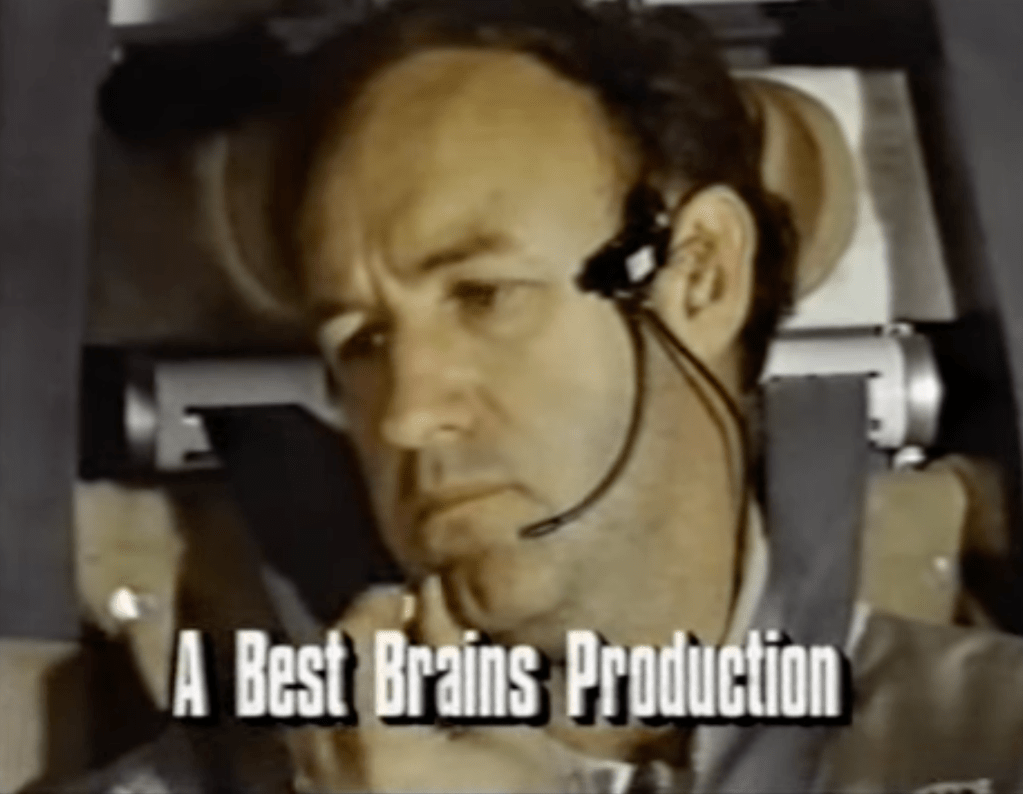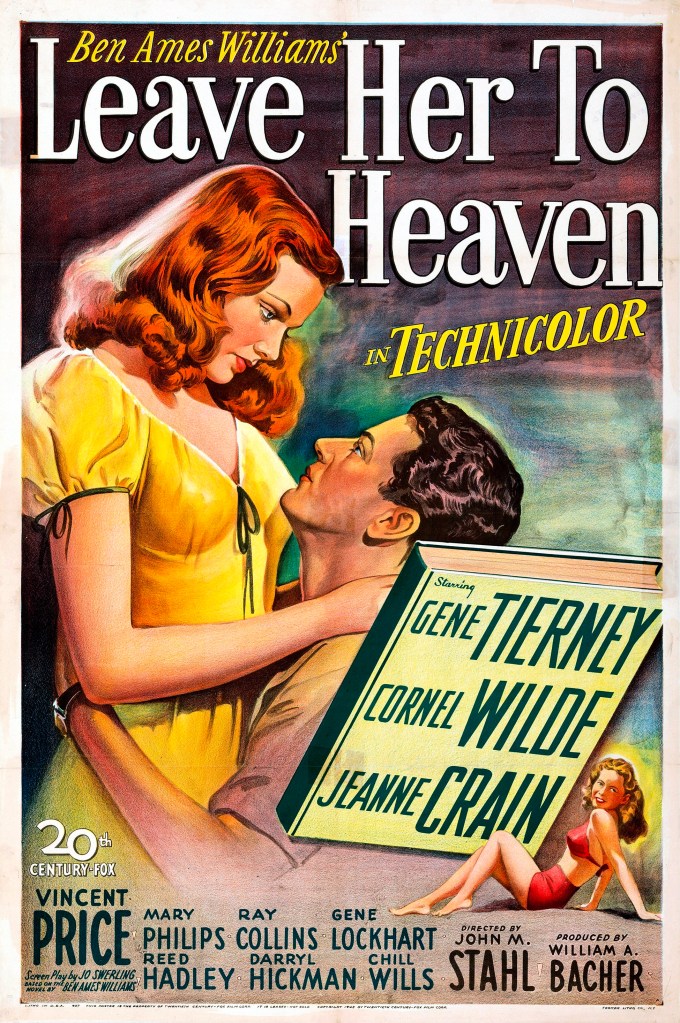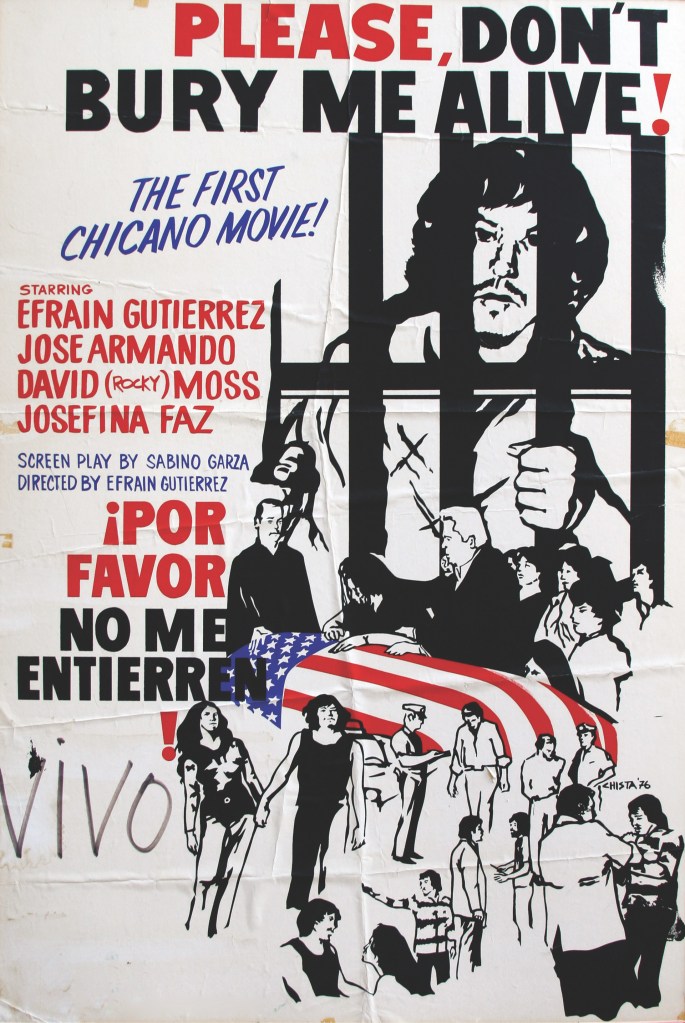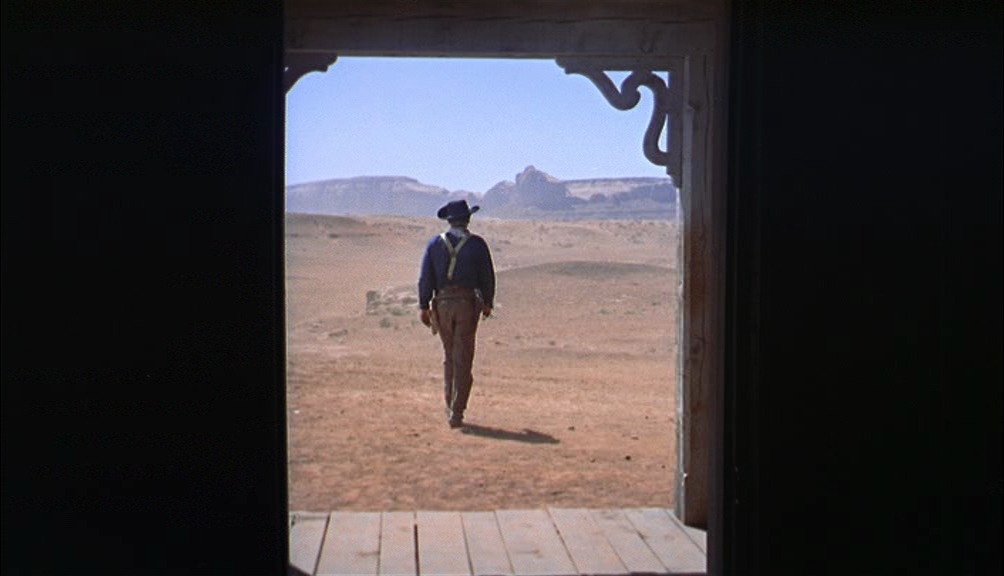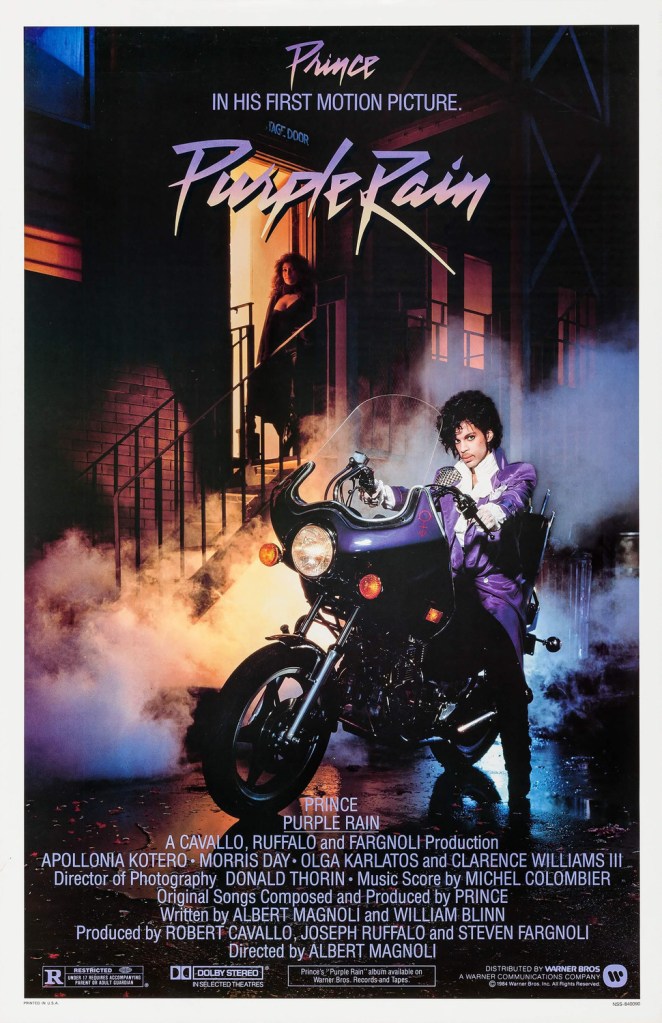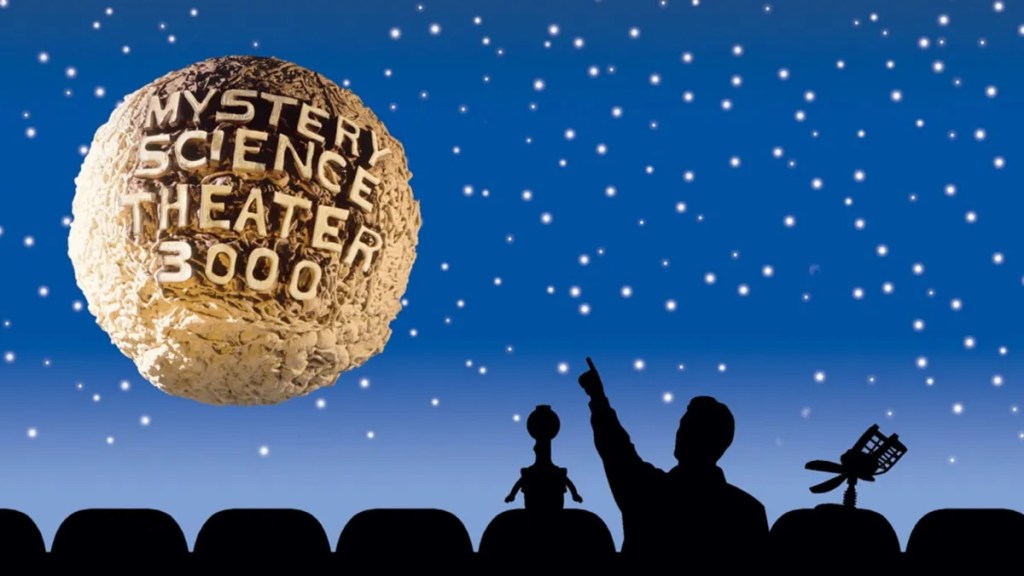
Today, The Horse’s Head turns nine years old, and I’d like to mark the occasion by honoring a TV show that has been a major influence on this blog since the very beginning. “Mystery Science Theater 3000” (aka “MST3K”) is my go-to comfort show, and it has come up on this blog with some regularity over the years. So it only seemed natural to salute “Mystery Science Theater 3000” and point out some surprising connections the show has to the National Film Registry.
For starters, a quick summary of “Mystery Science Theater 3000”. Created by stand-up comedian Joel Hodgson, the original run of “MST3K” ran from 1988 to 1999, first locally on KTMA in Saint Paul, Minnesota, then nationally on the Comedy Channel (which begat Comedy Central), and finally on the Sci-Fi Channel. A revival series ran from 2017 to 2022, first on Netflix, then on the show’s own streaming service Gizmoplex. Despite all these changes, the basic premise was always the same: A person trapped on a space station orbiting Earth is forced to watch terrible movies as part of an evil experiment. To retaliate, the person (initially Hodgson himself, later Mike Nelson) and their robot pals Tom Servo and Crow provide snarky commentary throughout the movie, riffing on the films’ poor production qualities while silhouettes of them sitting in a theater appear on the bottom of the screen. In short, “Mystery Science Theater” is the greatest TV show concept for any film lover, turning even the worst dreck into a “so-bad-it’s-good” viewing experience.
Throughout its runs, over 200 movies and shorts were riffed on “MST3K”, and although none of them have made the NFR (so far), many of them have a connection or two with the Registry. Most of these connections come through shared cast and crew, especially the handful of B movies on the NFR. For example, Roger Corman directed NFR entry “House of Usher”, but also at least five MST3K films, including “The Undead”, and “Teenage Caveman”. Several “MST3K” episodes feature a prolific film legend on their way up (John Williams composed the score for “Daddy-O”, Clint Eastwood played a bit part in “Revenge of the Creature”) or more likely on their way down. (John Carradine in “The Unearthly”, Basil Rathbone in “The Magic Sword”, half the cast of “Angels’ Revenge”). The list of shared personnel goes on and on (heck, both lists feature Lassie!), but my favorite of all “MST3K”/NFR connections comes from a boom operator on “Unforgiven” who also worked for the sound team on “The Final Sacrifice”: the wonderfully named Kelly Zombor.
While no NFR movie was ever featured on “MST3K”, there are some honorable mentions, most of them courtesy of various specials made by the “MST3K” team throughout their run. Clips from “Pulp Fiction”, “Forrest Gump”, “The Lion King”, “Hoop Dreams”, and “The Shawshank Redemption” made appearances during the “MST3K Little Gold Statue Preview Special”, “L.A. Confidential” and “Titanic” were featured on the “Academy of Robots’ Choice Awards Special”, and “Saving Private Ryan” was briefly mocked on the “2nd Annual Summer Blockbuster Review”. There are also several NFR titles that have received commentaries from Rifftrax, a follow-up to “MST3K” from former head writer/star Michael J. Nelson. As of this writing, over 20 NFR titles have a Rifftrax commentary, from “Casablanca” to “Star Wars” to “The Dark Knight”. Special mention to the Rifftrax of “Titanic”, which features a rare reprise of an “MST3K” riff: “I’m going to sink this bitch.”
But the National Film Preservation Board hasn’t completely ignored the cheesy movies of “MST3K”: there are a number of “MST3K” films and shorts that are on the Library of Congress’ official list of movies not yet on the Registry. In chronological order, they are:
- A Case of Spring Fever (1940) (short)
- Hired! (1940) (short)
- The Chicken of Tomorrow (1948) (short)
- A Date with Your Family (1950) (short)
- The Home Economics Story (1951) (short)
- Rocketship X-M (1951)
- Radar Men from the Moon (1952) (serial)
- Robot Monster (1953)
- Bride of the Monster (1955)
- This Island Earth (1955)
- Beginning of the End (1957)
- I Was a Teenage Werewolf (1957)
- Mr. B. Natural (1957) (short)
- The Undead (1957)
- War of the Colossal Beast (1958)
- The Phantom Planet (1961)
- The Brain That Wouldn’t Die (1962)
- Eegah (1962)
- The Incredibly Strange Creatures Who Stopped Living and Became Mixed-Up Zombies (1963)
- Santa Claus Conquers the Martians (1964)
- Teenage Strangler (1964)
- Manos: The Hands of Fate (1966)
- Marooned (1969) (aired on “MST3K” under the name “Space Travelers”)
- The Giant Spider Invasion (1975)
- Mac and Me (1988)
By my count that’s 25 movies, the same number of movies added to the NFR every year. Coincidence? Yes! How or why any of these made the LoC’s list I have no idea, and while I have my doubts that any of them will ever make the NFR cut, if I had to pick one, hmmm….I dunno, “This Island Earth”? It’s in “E.T.” so that must count for something. I’ll say this, though: if the NFR ever wanted to add one of these movies to the list purely by virtue of its awfulness, “Manos” would make it in a heartbeat.
So thank you, “Mystery Science Theater 3000”, for getting me through some tough times and making me laugh so much over the years. And thanks for reminding all of us that you can learn as much from the bad movies as you can from the quote-unquote “classics”. As for me, Year Ten of The Horse’s Head has officially begun!
Happy Viewing and Keep Circulating the Tapes,
Tony
